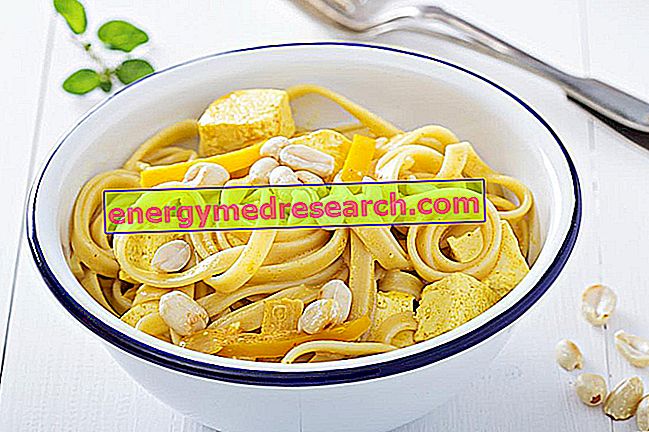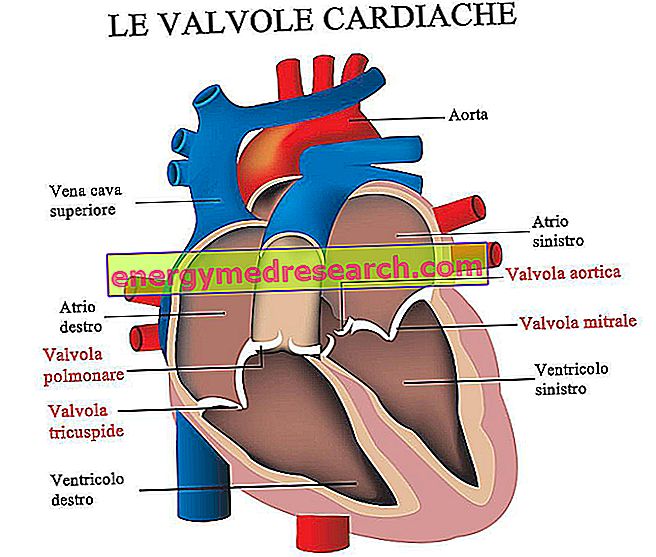
In addition to the traditional one, there are many other types of pasta. Some are variants aimed exclusively at satisfying certain gastronomic needs; others instead, such as for example diabetic pasta (enriched with inulin), are produced to favor the contribution of molecules useful to the body. Here, from food demonized for its caloric and insulinic impact, pasta becomes a dietetic product.
In particular, the pasta naturally enriched with soy germ aglycones ( isoflavones ) has the power to reduce serum lipids and improve certain markers of cardiovascular risk.
Fermented soy foods mainly contain aglycon isoflavones and are a very important source of soy protein in Asia, where there is an inverse relationship between soy intake and serum cholesterol.
Not surprisingly, most of the studies carried out on the impact of soy on cholesterol have taken into consideration foods based on purified soy proteins containing isoflavones (mainly aglycones).
A 2007 study entitled " Pasta naturally enriched with isoflavone aglycons from soy germ reduces serum lipids and improvers markers of cardiovascular risk " compared the metabolic impact of a new type of pasta enriched with soy germ (whose content is naturally increased in isoflavone aglycones), compared to conventional pasta. The effects towards serum lipids and other markers of cardiovascular risk were evaluated.
The randomized study, carried out in parallel, involved 62 adults with hypercholesterolemia who followed a diet characterized by 80g of pasta per day. Before and after an 8-week treatment, serum lipids, hypersensitivity to C-reactive protein (hs-CRP), urinary isoprostanes (marker of oxidative stress) and brachial artery vasodilation were measured.
The paste provided 33mg of isoflavones, while the soy proteins were negligible, and led to a serum isoflavone concentration of 222 +/- 21nmol / L.
In 69% of the subjects equine was detected in urine (daidzein metabolite, a glycosidic isoflavone of soy germ).
Pasta with soy germ reduced total cholesterol and serum LDL cholesterol by 0.47 +/- 0.13mmol / L (P = 0.001) and 0.36 +/- 0.10 mmol / L (P = 0.002) more than pasta traditional; this translates into a reduction in baseline values of 7.3% (P = 0.001) and to 8.6% (P = 0.002).
Arterial stiffness (p = 0.003) and hypersensitivity to C-reactive protein (P = 0.03) decreased; all cardiovascular risk indicators improved proportionally to the urinary excretion of equol.
All the values returned to the basal condition at the time when the subjects restored traditional pasta consumption.
In conclusion, the pasta naturally enriched with isoflavone aglycones, even if free of soy proteins, had a significant cholesterol-lowering effect and improved all the cardiovascular risk markers taken into consideration.



